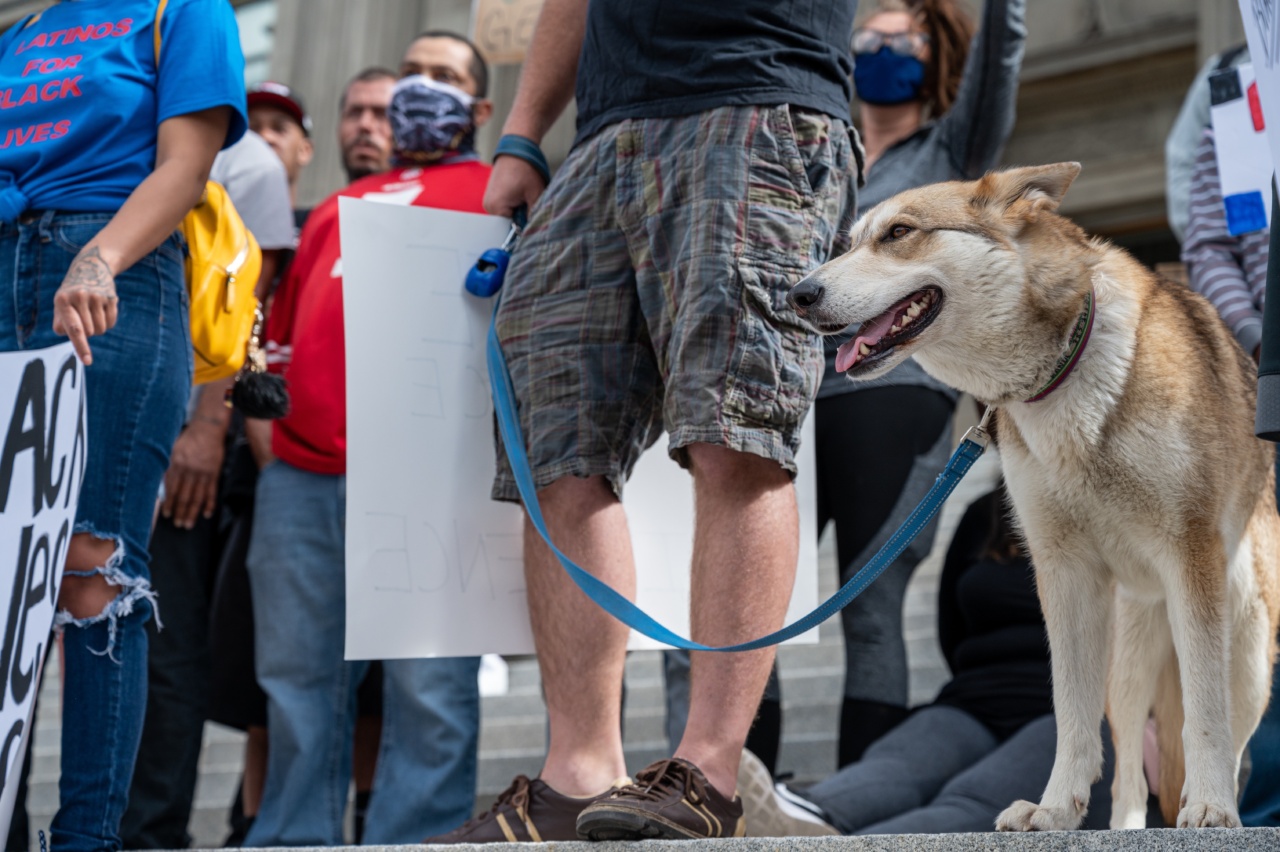Dogs are often referred to as man’s best friend, but for some individuals, a fear of dogs can create a significant barrier to enjoying the companionship these furry creatures can offer.
Dog phobia, also known as cynophobia, is a common fear that affects people of all ages. However, with the right approach, it is possible to overcome this fear and develop a loving relationship with dogs. In this article, we will explore tips, techniques, and therapy options to tackle dog phobia effectively.
Understanding Dog Phobia
Dog phobia is often rooted in a traumatic experience or a lack of exposure to dogs during childhood. It can manifest as intense fear, panic attacks, or even a complete aversion to being around dogs.
Understanding the underlying causes of this phobia is crucial in addressing and overcoming it.
The Impact of Dog Phobia
Living with dog phobia can have a significant impact on an individual’s daily life. It can limit social interactions, restrict outdoor activities, and even interfere with professional opportunities.
Overcoming dog phobia can greatly enhance one’s quality of life and open doors to new experiences.
Education and Familiarity
One of the most effective ways to overcome dog phobia is through education and familiarity. Learning about the behavior, body language, and needs of dogs can help demystify them and reduce fear.
Additionally, gradually exposing oneself to dogs in controlled environments, such as through volunteering at animal shelters or joining therapy programs, can help build confidence and familiarity.
Working with a Professional
For individuals with severe dog phobia, seeking help from a professional is highly recommended. A therapist with experience in treating specific phobias can provide guidance and support throughout the journey of overcoming dog phobia.
They may use various techniques such as cognitive-behavioral therapy (CBT) or exposure therapy to help desensitize the individual to dogs gradually.
Support Groups and Peer Encouragement
Joining support groups or seeking peer encouragement can play a significant role in conquering dog phobia. Interacting with others who have successfully overcome their fear of dogs can provide inspiration, shared experiences, and valuable advice.
Working together with like-minded individuals can create a supportive community that fosters personal growth and resilience.
Gradual Exposure to Dogs
Gradual exposure to dogs is a key component in overcoming dog phobia. It is important to start with small steps and gradually increase exposure levels as comfort and confidence grow.
Controlled interactions with well-trained dogs in safe environments can help individuals realize that dogs are generally friendly, loyal, and pose no immediate threat.
Positive Reinforcement and Reward-Based Training
Using positive reinforcement and reward-based training techniques can be beneficial when overcoming dog phobia.
By associating positive experiences with dogs, such as treats, praise, and play, individuals can learn to replace fear with positive emotions. This approach helps build a connection between dogs and positive outcomes, reinforcing the idea that dogs can be trusted and enjoyable to be around.
Building Trust and Seeking Emotional Support
Building trust with dogs takes time, patience, and emotional support. Working on developing a bond with a calm and well-trained dog can help rebuild trust and counter negative associations.
Seeking emotional support from loved ones or a therapist throughout this process can provide reassurance, guidance, and a safe space to express fears and concerns.
Lifestyle Adjustment and Responsible Dog Ownership
Adjusting one’s lifestyle and embracing responsible dog ownership practices can contribute to overcoming dog phobia.
Learning how to read dog behavior, understanding their needs, and actively participating in their care can help build confidence and familiarity. By gaining knowledge and taking responsibility for the well-being of dogs, individuals can transform their fear into a deep appreciation and respect for these amazing animals.
Therapy Options for Dog Phobia
In addition to seeking therapy with a trained professional, several therapy options can be explored to tackle dog phobia effectively. Some of these options include:.
1. Cognitive-behavioral therapy (CBT): This therapy focuses on identifying and changing negative thought patterns and behaviors related to dog phobia.
2. Exposure therapy: A controlled and gradual exposure to dogs in a safe environment, helping individuals confront and overcome their fear.
3. Virtual reality therapy: Utilizing virtual reality technology to simulate dog encounters, providing a realistic and controlled environment for exposure and desensitization.
4. Animal-assisted therapy: This therapy involves supervised interactions with therapy dogs, providing emotional support and aiding in the development of trust and comfort around dogs.
A Fear-Free Future with Dogs
Overcoming dog phobia is a deeply personal journey that requires patience, effort, and support.
With education, gradual exposure, professional help, and the right therapy options, individuals can conquer their fear and develop a loving relationship with dogs. Remember, dogs are unique creatures that bring joy, companionship, and unconditional love into our lives, and overcoming dog phobia opens up a world of possibilities to embrace these furry friends wholeheartedly.






























